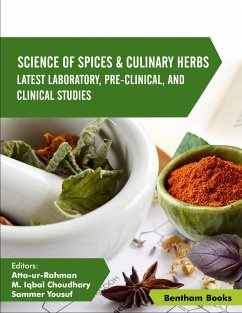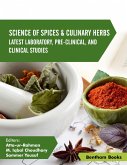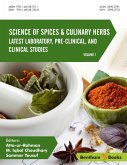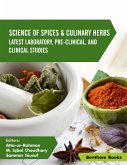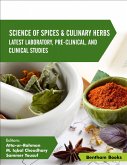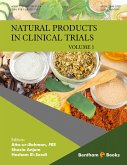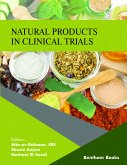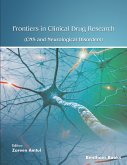The fourth volume of this series features the following reviews:
1. Pharmacological effects of Curcuma longa, focused on anti-inflammatory, antioxidant and immunomodulatory effects
2. Ethnomedicinal uses, Phytochemistry, Pharmacological effects, Pre-clinical and Clinical studies on flaxseed: A spice and culinary herb-based formulations and its constituents
3. Nigella sativa (Prophetic medicine): The Miracle Herb
4. Properties of Mexican oregano (Lippia spp.) essential oils and their use in aquaculture
5. Curry leaf: An insight into its Pharmacological activities, Medicinal profile, and Phytochemistry
Dieser Download kann aus rechtlichen Gründen nur mit Rechnungsadresse in A, B, BG, CY, CZ, D, DK, EW, E, FIN, F, GR, H, IRL, I, LT, L, LR, M, NL, PL, P, R, S, SLO, SK ausgeliefert werden.

